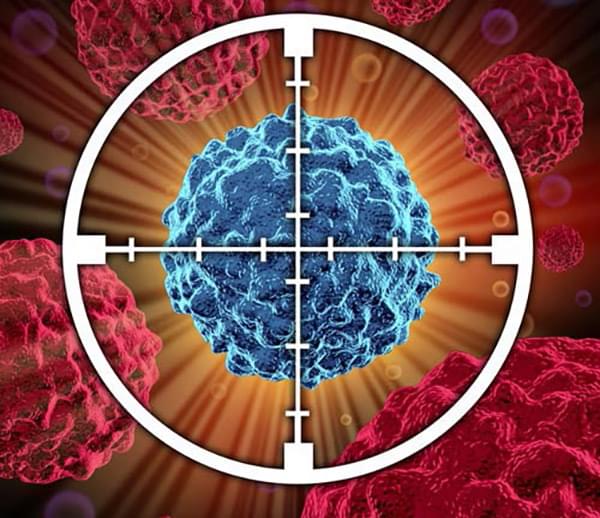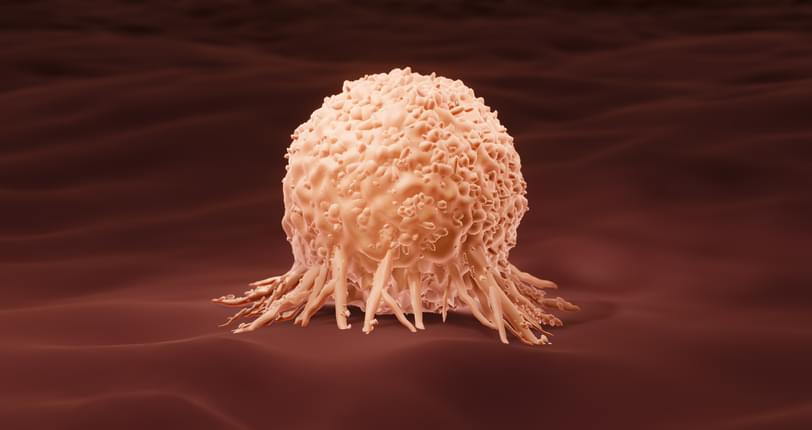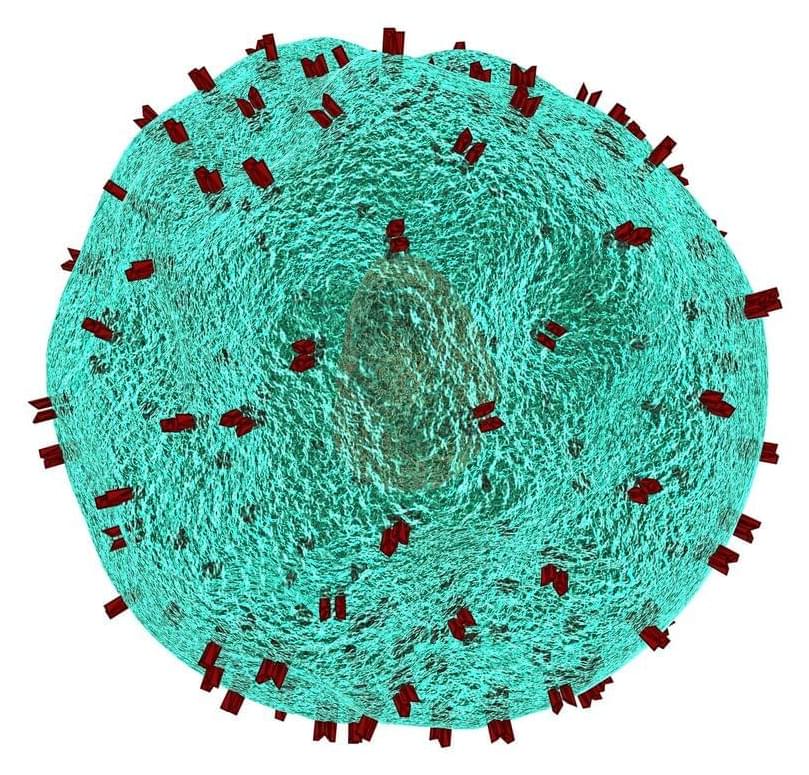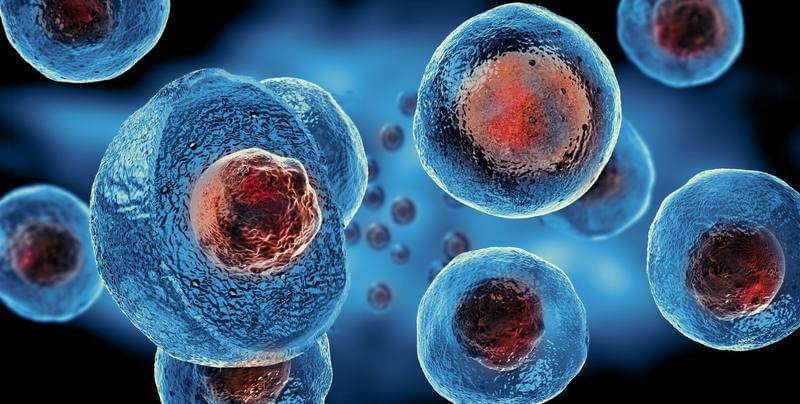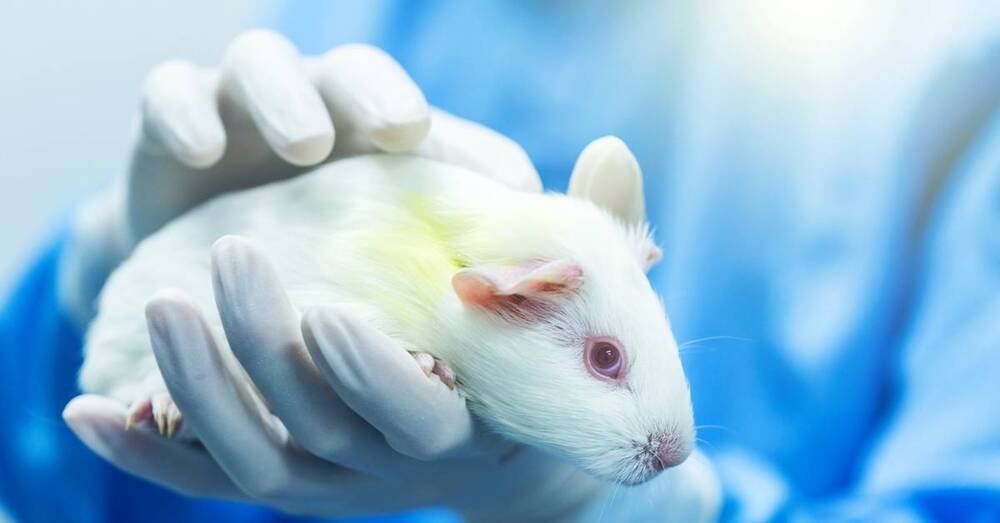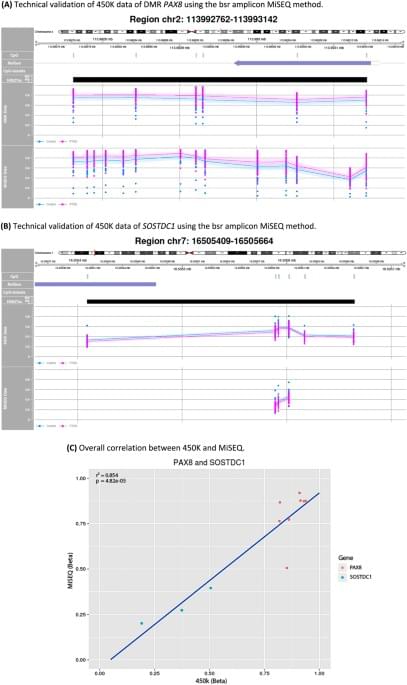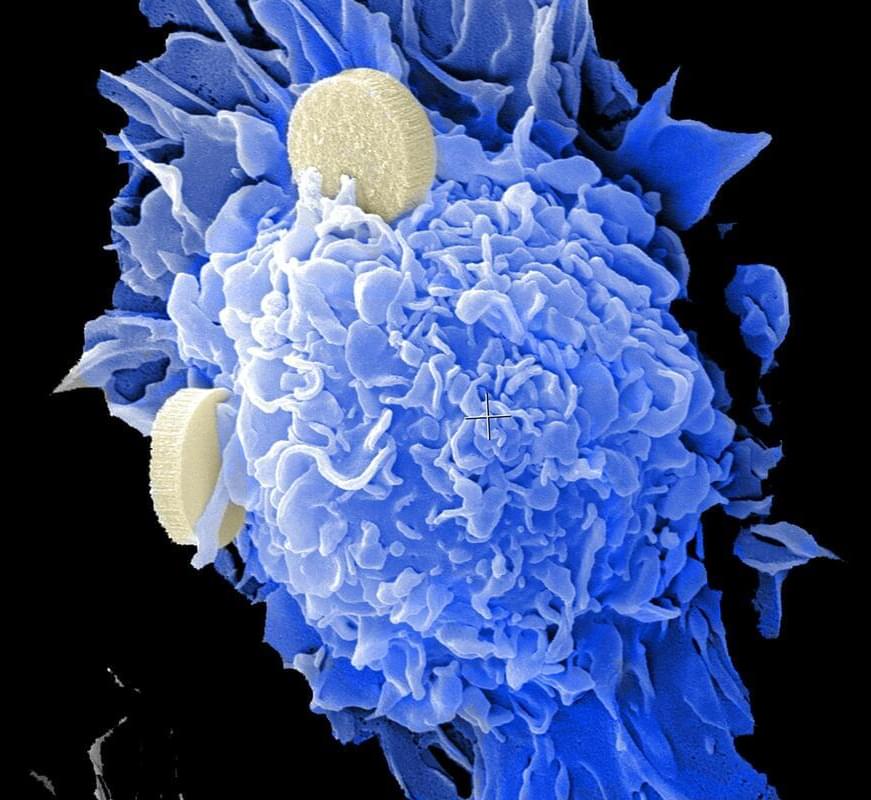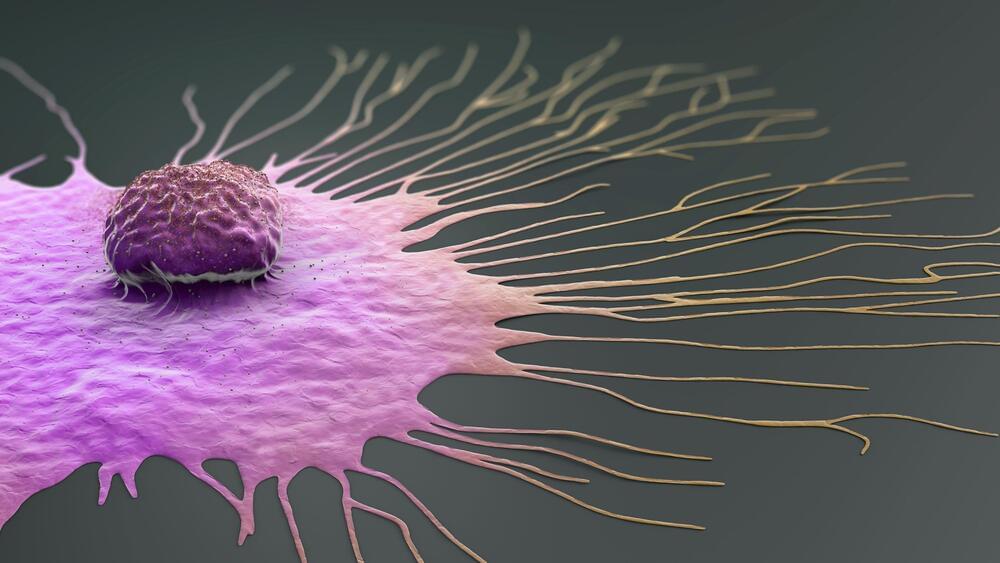Nov 2, 2023
Cancer Drug May Be Repurposed for Inflammatory Diseases
Posted by Shubham Ghosh Roy in categories: biotech/medical, genetics
A cancer drug in the final stages of clinical trials may be able to help treat a range of inflammatory diseases including gout, heart failure, cardiomyopathy, and atrial fibrillation, according to scientists at the University of Cambridge.
Their findings are published in the Journal of Clinical Investigation in an article titled, “PLK1 inhibition dampens NLRP3 inflammasome-elicited response in inflammatory disease models.”
“Unabated activation of the NLR family pyrin domain–containing 3 (NLRP3) inflammasome is linked with the pathogenesis of various inflammatory disorders. Polo-like kinase 1 (PLK1) has been widely studied for its role in mitosis,” wrote the researchers. “Here, using both pharmacological and genetic approaches, we demonstrate that PLK1 promoted NLRP3 inflammasome activation at cell interphase. Using an unbiased proximity-dependent biotin identification (Bio-ID) screen for the PLK1 interactome in macrophages, we show an enhanced proximal association of NLRP3 with PLK1 upon NLRP3 inflammasome activation. We further confirmed the interaction between PLK1 and NLRP3 and identified the interacting domains.”
